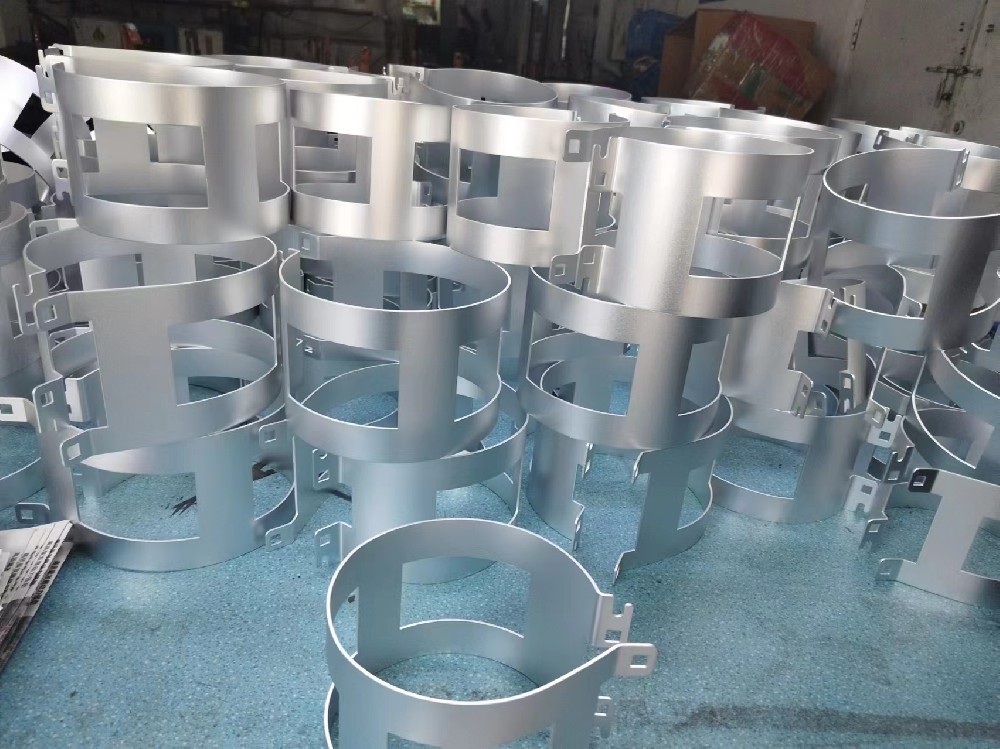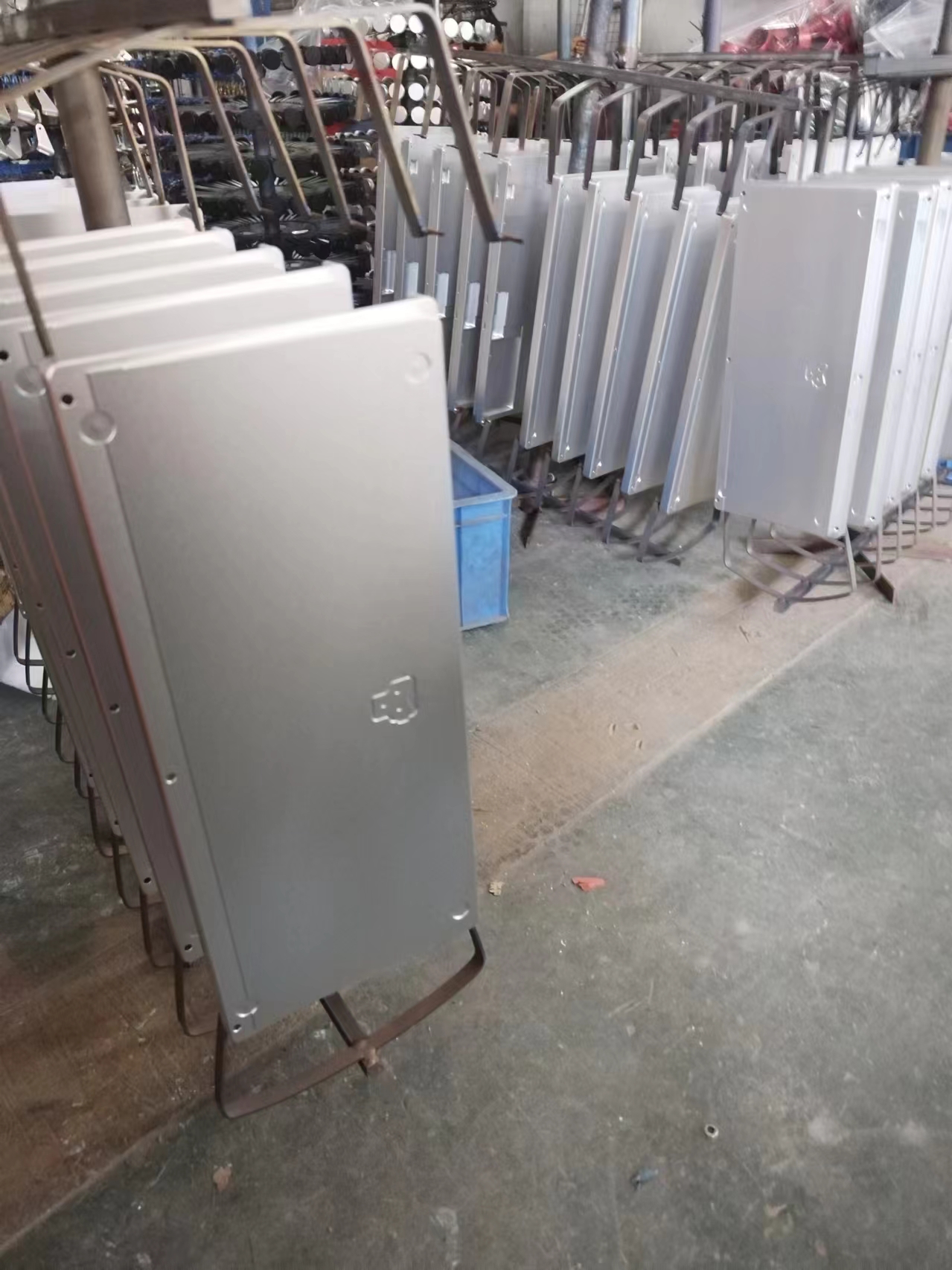
The role of surface treatment on parts is mainly reflected in the following aspects:
Increase the mechanical properties of the surface:
Increase hardness: make the surface of the part harder, thereby enhancing its wear resistance and fatigue resistance. This treatment is especially suitable for molds, pistons, cylinders, tool machines, slides, shafts, gears and other parts.
Enhanced wear resistance: Through surface hardening, grinding and other treatments, can reduce the friction coefficient of the surface of the parts, reduce wear, extend the service life.
Enhanced surface corrosion resistance:
Increase the resistance to oxidation and corrosion: for chemical machinery, veterinary equipment, automotive sheet metal and other parts, the surface treatment can form a protective film to effectively prevent corrosion and oxidation.
Improve the physical properties of the surface:
Improve heat resistance: For heat dissipation plates, aerospace engine parts, etc., surface treatment can increase its heat resistance, heat conduction and heat reflection characteristics.
Improve roughness: Through sandblasting, polishing and other treatments, can improve the roughness of the surface of the parts, improve the sliding performance and sealing performance of the parts.
To change the electrical properties of the surface:
Changing the properties of electrical conductivity and resistance: For electronic parts, memory, semiconductor components, etc., surface treatment can change the electrical conductivity and resistance of the surface to meet specific electrical requirements.
Change the optical properties of the surface:
Change the reflection and absorption characteristics of light: for mirrors, turbine parts, etc., surface treatment can change the optical properties of the surface, such as reflectivity, absorption rate, etc.
Beautify the appearance of parts:
Improve the surface clean, luster, color, beauty, etc. : for people's livelihood supplies, sports equipment, decorations, etc., surface treatment can significantly improve its appearance quality and increase the added value of products.
Improve the mating accuracy of parts:
Surface treatment can eliminate burrs, oxide and other defects on the surface of the workpiece, making the surface of the workpiece more flat and smooth, reducing the friction and pressure of the parts, and improving the accuracy of the parts.
Common surface treatment processes include chrome plating, galvanizing, nickel plating, spraying, anodizing, electrophoretic coating, sandblasting, shot peening, polishing, electroplating, electroless plating, hot dip plating, spray painting, powder spraying, plastic spraying, etc. Each process has its specific advantages and scope of application, and the appropriate surface treatment process can be selected according to the specific needs of the part. At the same time, in order to ensure that the surface treatment will not have a negative impact on the mating accuracy of the parts, it is necessary to strictly control the safety and applicability of the treatment to ensure that the mating accuracy of the parts meets the requirements.


